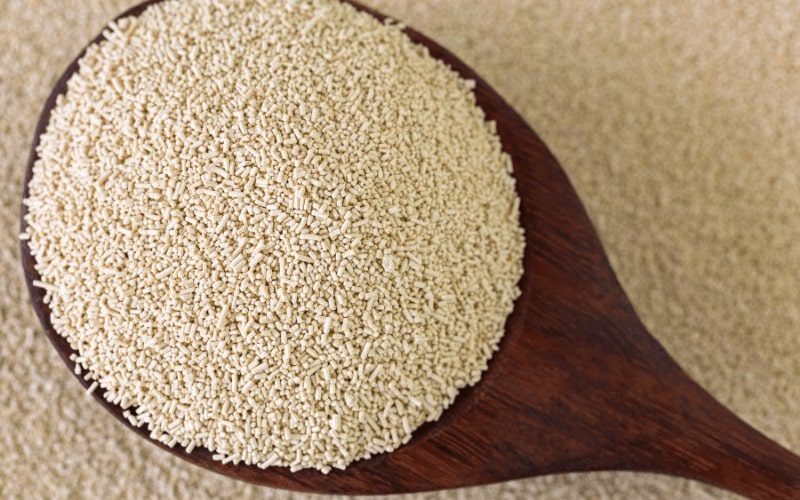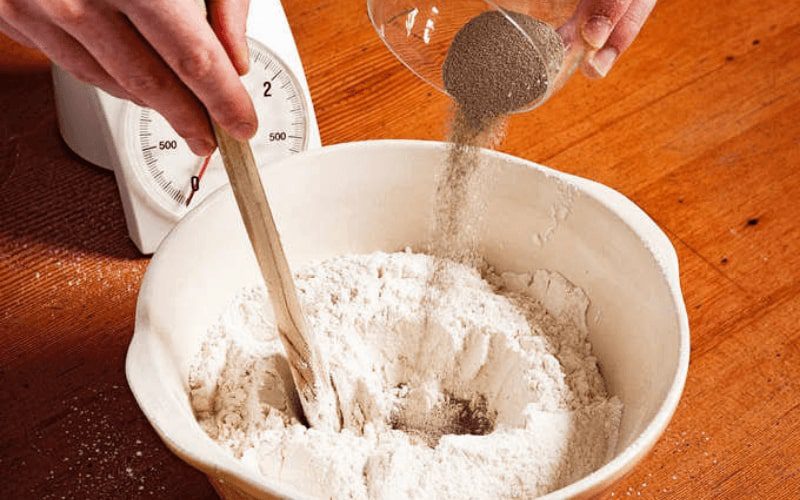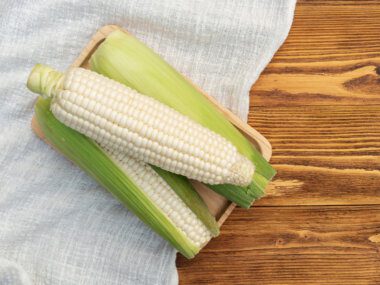Do you enjoy preparing bread and pastries in your kitchen?
If you bake frequently, you probably have many packages of yeast on hand. Dry yeast, for instance, might appear to be nearly unaltered for an indefinite period of time.
When cleaning out the cupboard, you may come across an old package of yeast at the back. Even if the expiration date has passed, the yeast may appear to be in good condition.
So, does yeast spoil?
Or is it still probably okay to use?
How To Store Yeast?
Before we address the question, “Does yeast go bad?” It’s vital to realize that there are two kinds of yeast: fresh yeast and dried yeast. The most common form of yeast is dry yeast, which has a long shelf life.
Fresh yeast, on the other hand, is said to make high-quality dough and is preferred among professional bakers and baking lovers.
Dry Yeast Storage
The term “dry yeast” refers to a clump of inactive yeast granules. The pantry is a good spot to keep an unopened product because it’s cold and dry. The optimal temperature is room temperature or slightly below.

After opening the package of dried yeast, store the remainder in the refrigerator or freezer. It is necessary that the dry yeast not be exposed to moisture, heat, or air. As a result, it is preferable to move the remaining yeast to an airtight container like a resealable freezer bag.
Fresh Yeast Storage
Fresh yeast is commonly available in the grocery store’s refrigerated department. Fresh yeast is a live substance that cannot be stored. As a result, while not in use, it should be kept in the refrigerator.
How Long Does Yeast Last?
If you bought dry yeast, the package will have a “best before” date on it. It is usually advisable to try to use the dry yeast before this time has expired. Otherwise, you may discover that the dry yeast is no longer active.
When you open a packet of dry yeast, its efficacy begins to degrade over time. Even if you keep it in the fridge or freezer, the yeast will lose its effectiveness over time. You should retest it every four to six months to ensure that it is still effective.
What About Fresh Yeast?
After production, the shelf life of fresh yeast is only two to three weeks. As a result, the best before date printed on the packaging is an excellent indicator of freshness. You’re probably going to discover that your fresh yeast is no longer active after the best before date.
How To Tell If Yeast Is Bad?
Dry yeast deterioration symptoms are comparable to those of other types of dry components. Moisture is the principal nemesis of dry yeast. If moisture has gotten into your dry yeast, you may see solid pieces clumping together and possibly mold.
If fresh yeast has gone bad, it will become discolored. You may also see mold or symptoms of drying out. If you detect any of these indications, it’s time to get rid of your yeast.
How To Test Yeast Effectiveness?
The fundamental difficulty with yeast is that it loses its effectiveness over time, rather than becoming bad. If you’ve had your yeast for a while, it’s a good idea to evaluate its strength before using it. Otherwise, your baked items are unlikely to come out as well as you had anticipated.
Proofing the yeast before using it ensures that the dough you make rises. Dry and fresh yeast proofing techniques are quite similar. However, there are several differences that you should be aware of.

How To Proof Dry Yeast?
To prove dry yeast, you’ll need ¼ cup of warm water, a package of dry yeast, and a teaspoon of sugar. In a measuring cup, combine the ingredients and set aside for 10 minutes. You can tell if your yeast is still active by how much froth forms in the mixture at the halfway point (½ cup).
How To Proof Fresh Yeast?
To proof new yeast, dissolve 1 teaspoon sugar in a cup of warm milk or water. Add your new yeast, mix thoroughly, and allow the mixture to rest for ten minutes. A good amount of foam should form in your yeast mixture after 10 minutes.
It is important to prevent overheating the water or milk while proofing both dry and fresh yeast. A temperature of 140°F or above will immediately destroy the yeast. The foaming activity, on the other hand, is not very likely to take place if the temperature is lower than 100 degrees Fahrenheit.
Using Yeast In Baking
We are not sure about you, but we enjoy making our own bread. Nothing beats the aroma of freshly baked bread. We can personally vouch for the best bread loaf pans, bread proofing baskets, bread cloches, and gluten free bread machines now available.
Last Thoughts
Along with looking for indicators of rotting, you should also ensure that your yeast is still active. It’s a waste of time to try to use yeast that has lost its effectiveness. Your baked goods won’t rise, and you’ll end up with bread and cakes that are flat and heavy.
If you’re in the middle of baking and your yeast isn’t working, there are a few alternatives you may try. In a pinch, baking soda can be used in place of yeast. To replace the yeast in the recipe, mix equal quantities of baking soda, lemon juice, vinegar, or buttermilk.



